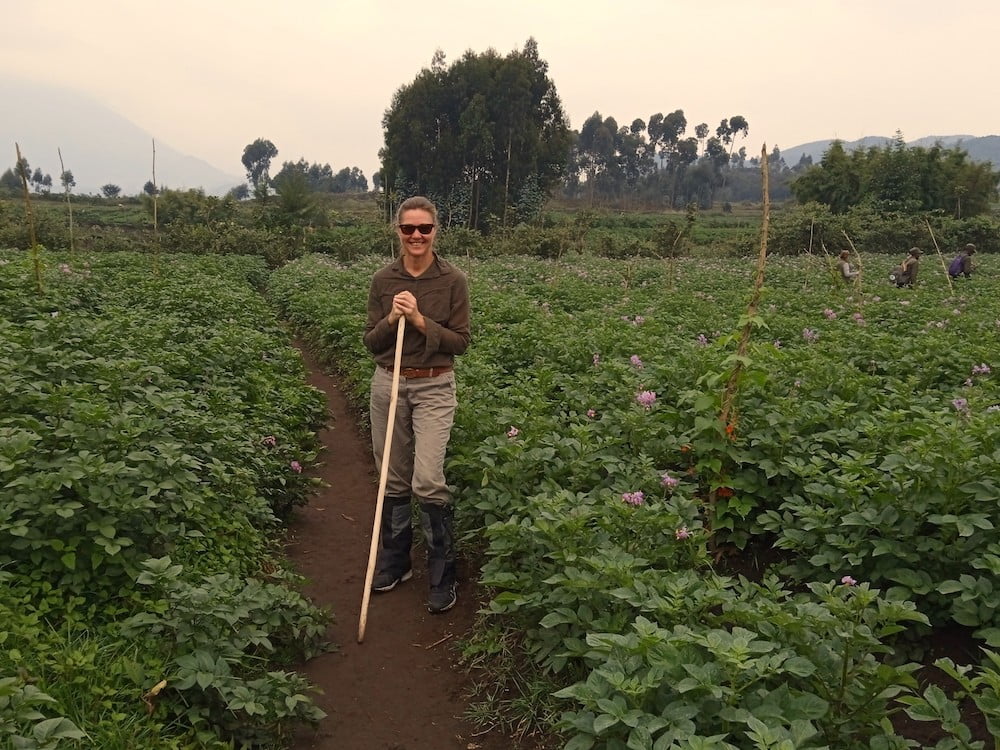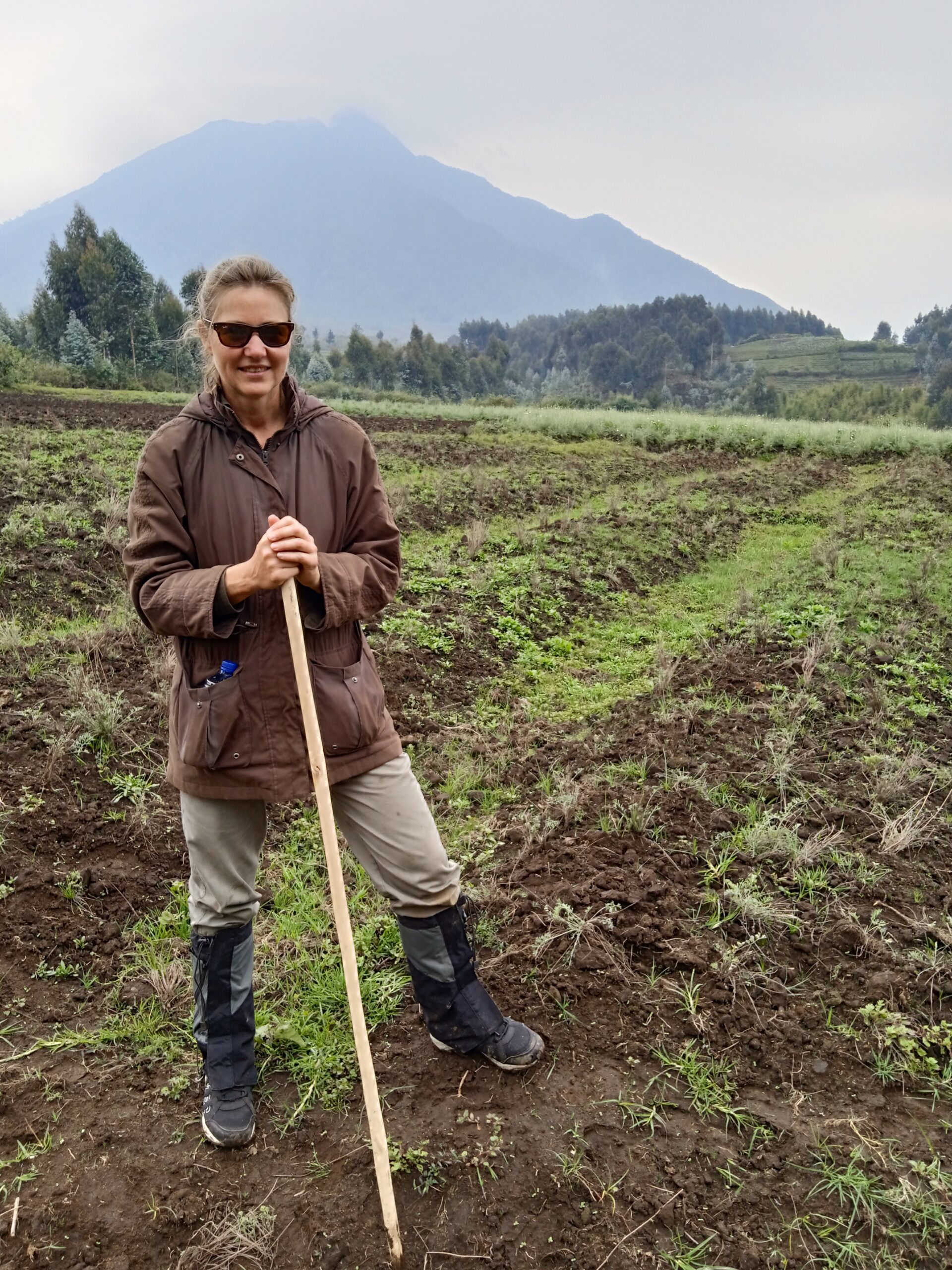WHAT TO PACK FOR GORILLA TREKKING
Packing for your gorilla-trekking trip means understanding the forest habitat and the physical demands that will be put on you. While very little technical or specialist gear is needed, we have found that several items are invaluable and will help you be more comfortable and protected.

What’s covered in this guide
Explore the highlights of this post with ease by using the table of contents below to navigate to sections of interest.
Low season vs high season
The first step in effective packing is knowing if you are trekking during a regional rainy season. Across Rwanda and Uganda, the seasons run as follows:
| Rainy season | Dry season | |
| Long | March to May | June to August |
| Short | September to November | December to February |
If you are trekking during long or short rains, you need to factor in much more waterproof clothing especially boots, socks and gaiters that can handle significant mud. A rain hat can also be very convenient.
The rainforest environment
Trekking is physically demanding and – unless you are moving very slowly or it is an unusually cold day – you will soon feel warm. Central Africa’s rainforests are very humid and moisture-wicking or natural fibres are best.
- Your gear should be able to cope with mud, humidity and possible rain.
- Stinging nettles can leave painful welts if you grab onto them to steady yourself: pack gardening gloves to protect your hands.
- Many lodges are at altitude where nights can be cold. Be sure to pack a jacket and pyjamas.
- No matter how hot it is, do not trek in shorts or a short-sleeved shirt. Your skin will be exposed to nettles and bugs.
- After the trek, your boots will probably be muddy. Take lightweight trainers or even plastic shoes like Crocs and fresh socks to change into when you get to the lodge so you don’t track mud inside. Many lodges offer a boot-cleaning service. Be sure that your boots are ‘broken in’ but still have very good grip or tread.

Colours and fibres
As always in the African wilderness, opt for the colours of nature such as greens, browns, greys and khakis. Avoid whites (get dirty and too high contrast, making you stand out), blacks and blues (often attract bugs) and bright colours and animal print (can signal danger in nature). Do not wear or pack camouflage: it is often illegal for civilians to wear any form of paramilitary gear.
Avoid synthetic fibres and opt for either natural cottons and linens or moisture-wicking technical gear. Waterproof boots and gaiters help against deep mud and puddles. Some lodges offer gaiters for rent if you don’t have your own. Your Biggestleaf consultant will be able to advise if your accommodation provides this service. If not, it is worth investing in a knee-high pair and donating them to the guides or porters as a gesture of appreciation. Many trekking staff, especially porters, do not have gaiters or hiking boots but trek in rubber or wellington boots. Your gift or donation will be much appreciated.
Other essential items
- Trekking poles provide support and stability in uneven or slippery conditions. Please note that you may not take poles with you when you get near the gorillas as they may perceive them as weapons and feel threatened. You can leave your poles with your porter for safekeeping.
- A daypack with plenty of water, snacks, tissues, hand sanitiser and insect repellent. You may have to trek for a considerable distance in order to reach the gorillas especially if they are on the move. In addition to eating a substantial dinner and breakfast, take water and snacks to keep your energy and hydration levels up.
- A face mask. Gorillas are very susceptible to human diseases and a troop could easily be wiped out. Masks are mandatory while with the gorillas.
- A camera – with the caveat that you only get one hour with the gorillas so don’t spend all your precious time behind a lens!
PHOTO CREDITS Wilderness Bisate Lodge and Angela Aschmann








